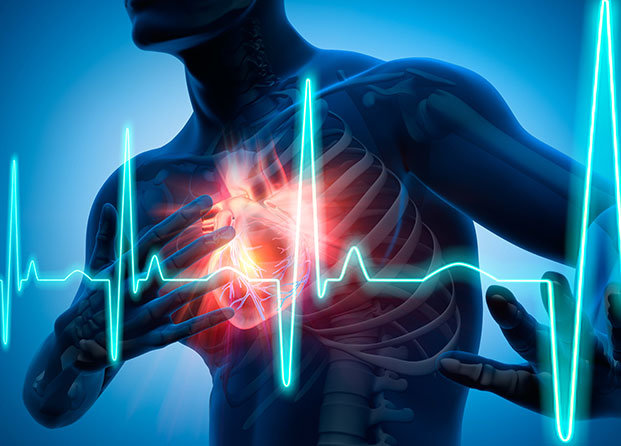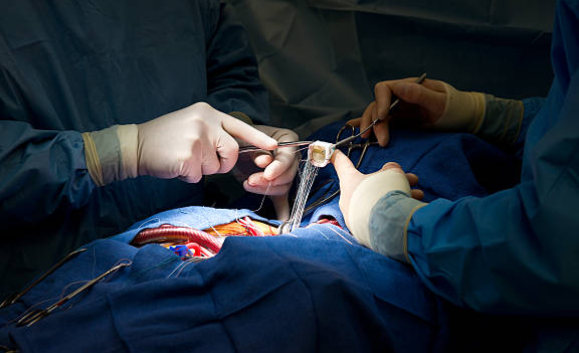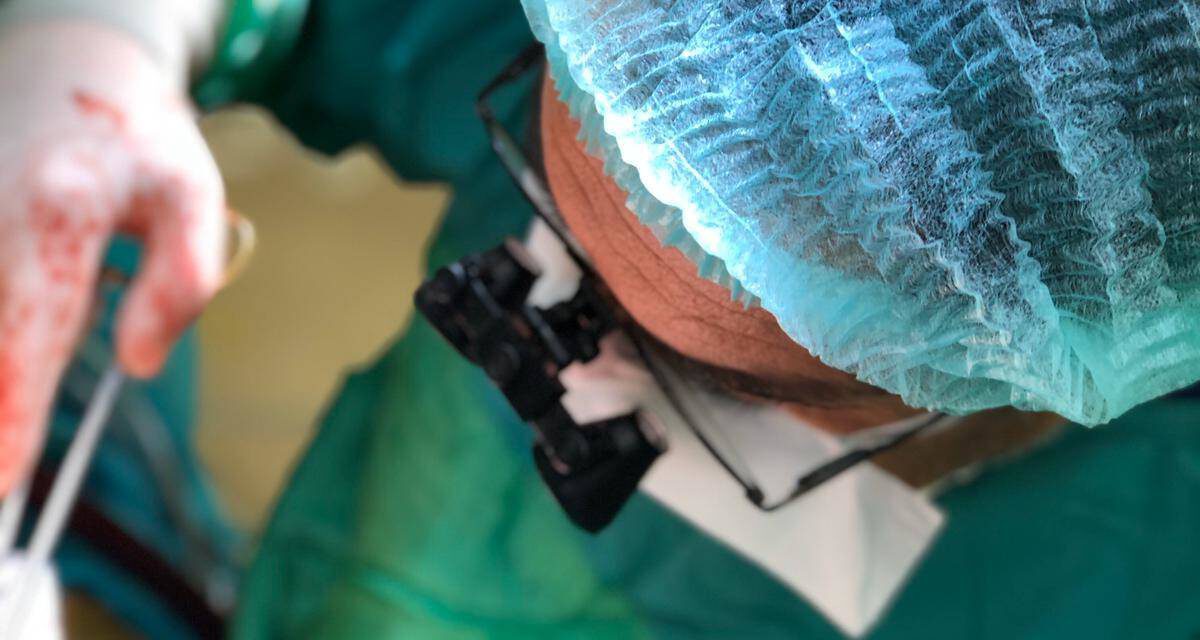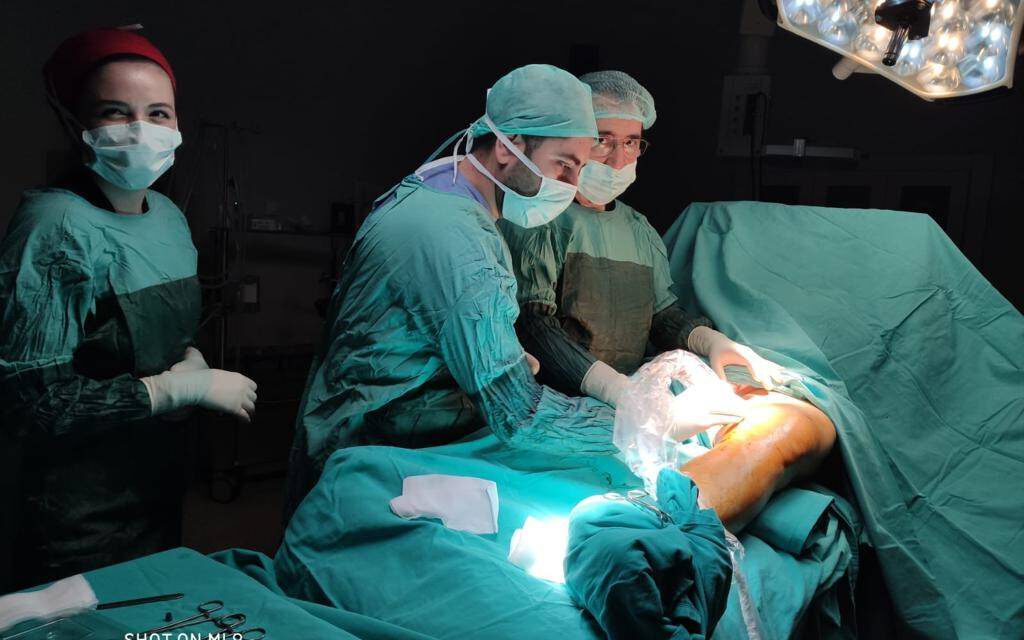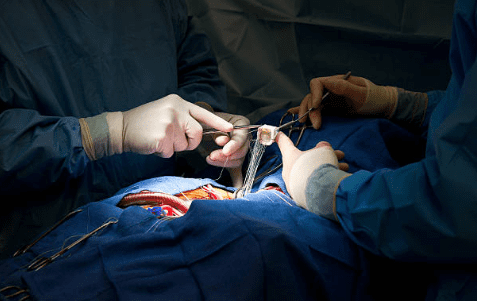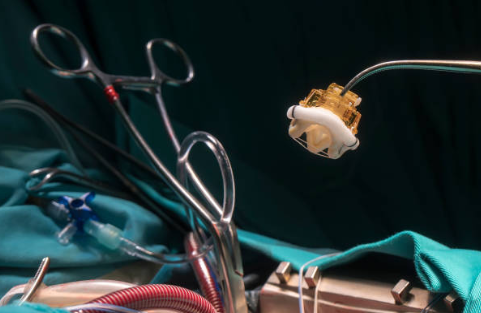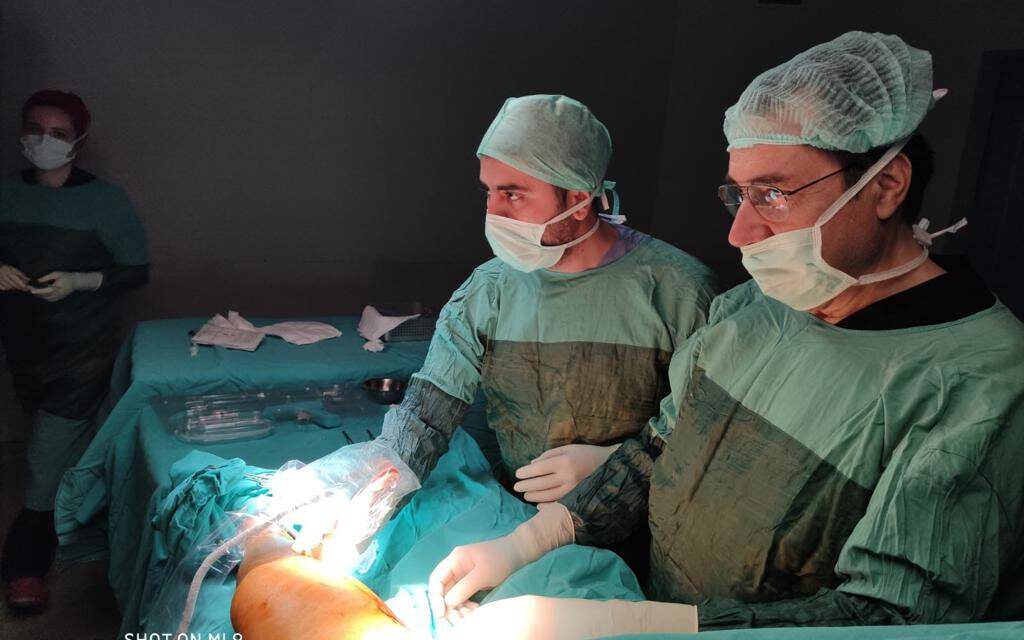Heart disease describes a set of conditions that affect your heart. Diseases under the name heart disease include blood vessel diseases such as coronary artery disease; heart rhythm problems (arrhythmias) and congenital heart defects. The term “heart disease” is often used interchangeably with the term “cardiovascular disease.” Cardiovascular disease is usually a narrowed heart disease that can lead to heart attack, chest pain (angina) or stroke.
Prof. Dr. Yavuz BeşoğulAll Articles
Cardiovascular Surgery Specialist
AllFrom the pressGeneral
Venöz Tromboz
Venöz Tromboz Nedir? Venöz tromboz, toplardamarların içinde pıhtı oluşması durumudur ve bu pıhtı kan akışını engelleyebilir. Genellikle bacaklarda meydana gelir ve derin ven trombozu (DVT) olarak adlandırılır. Bu durum, toplardamarların kanı kalbe taşımasını zorlaştırır ve pıhtının akciğerlere giderek ciddi bir durum olan pulmoner emboliye neden olma riski vardır. Bu rahatsızlık, hareketsiz bir yaşam tarzı, uzun...
VSD Ameliyatı
VSD Ameliyatı Nedir? VSD ameliyatı, iki karıncık arasındaki delikleri kapatmak için yapılır. Kalbin sağ ve sol karıncıkları arasındaki duvarda bulunan bu delik, kanın içinde yanlış yönde akmasına yol açabilir. VSD, doğuştan gelen bir kalp rahatsızlığıdır ve tedavi edilmediğinde kalbin daha fazla çalışmasına, solunum sorunlarına ve kalp yetmezliğine neden olabilir. Ameliyatın amacı, kanın yanlış yönde akmasını önlemek...
Kılcal Damar Tedavisi
Kılcal Damar Tedavisi Nedir? Kılcal damar tedavisi, cilt yüzeyine yakın olan ince kılcal damarların görünümünü azaltmak veya tamamen ortadan kaldırmak için yapılan bir işlemdir. Bu damarlar, özellikle yüz, bacaklar ve burunda belirginleşir ve çoğu kişi için estetik bir rahatsızlık oluşturabilir. Bu damarların belirginleşmesi genellikle yaşlanma, genetik değişiklikler, hormonal değişiklikler, güneşe maruz kalma ve çeşitli yaşam...
There are 4 valves in the heart. These are the mitral valve, located between the left atrium and left ventricle on the side of the heart, the tricuspid valve, located between the right atrium and right ventricle on the right side of the heart, the pulmonary valve, through which dirty blood passes after the right ventricle to be cleaned with oxygen, and the aorta, where clean blood passes from the left ventricle before being distributed to the whole body. It is the cover. Most frequently...
Let's answer the question of what Buerger's disease is, before moving on to the symptoms of Buerger's disease. It occurs as a result of blockage or damage to small and medium-sized arteries. Due to the blockages that occur, the symptoms of Buerger's disease begin to appear. Buerger's disease, which is more common in young men and smokers, causes serious consequences, including gangrene in the fingers and toes. Care should be taken. Buerger's disease occurs in smokers...
The tricuspid valve is a valve with three leaflets located on the right side of the heart, between the right atrium and the right ventricle. In diseases of this valve, tricuspid valve stenosis and tricuspid valve insufficiency can frequently be seen. There are also situations where both of these occur. They may occur due to some rheumatic diseases or in cases of incomplete development and structural defects of the valve. Tricuspid valve...
Mitral valve diseases can occur in 3 ways. The first and most common of these is rheumatic. In other words, the mechanism developed by the body against the microbe caused by the throat inflammation that the patient had from birth, later damages the heart valve or rheumatic joints by affecting them. Another reason may be mitral valve disorder from childhood, and another reason may be...
Aortic valve disease is a disorder of the valve that is between the main artery going from the left side of the heart to the whole body, sometimes congenitally having two leaflets, sometimes rheumatically, later becoming calcified, or sometimes congenital as a result of connective tissue failure and manifesting itself in advanced ages. Stenosis may occur as a result of calcification, and sometimes insufficiency due to connective tissue disorder...
Heart valves need to be replaced to treat some problems in the heart valves. In case of valve insufficiency, stenosis or calcification, heart valve replacement is performed. Metal or biological valves can be used in heart valve replacement. Heart diseases treated by replacing the heart valve are as follows: Mitral valve insufficiency Mitral valve stenosis and insufficiency Atrial fibrillation Heart valve...
Ballooning in areas where the wall of the aorta, the largest vessel in the body, is weak is called aortic aneurysm. The risk of aortic aneurysm increases with age and is more common in patients with atherosclerosis. Aortic Aneurysm Symptoms An aneurysm developing in the aorta may not cause any serious symptoms in the initial period. For this reason, it is very difficult to detect aortic aneurysm in the first stage. In the future...
Mitral valve replacement is performed in cases where the heart valve cannot function due to insufficiency or stenosis problems and repair of the valve is not possible. In cases of advanced calcification or insufficiency in the mitral valve, heart valve replacement can be performed, while heart valve repair can be performed in diseases diagnosed early. Mitral valve diseases, inflammatory diseases in childhood causing heart problems in later ages,...
Coronary Bypass Surgery Duration The bypass surgery duration may vary depending on the method by which the surgical operation is performed, the patient's age and general health condition, and the presence of other heart diseases. Today, in bypass surgeries performed with modern surgical techniques, it is possible to perform the surgery while the heart is functioning. Bypass surgeries, coronary artery bypass surgery, cardiopulmonary bypass, vascular bypass surgery and bariatric surgery...

